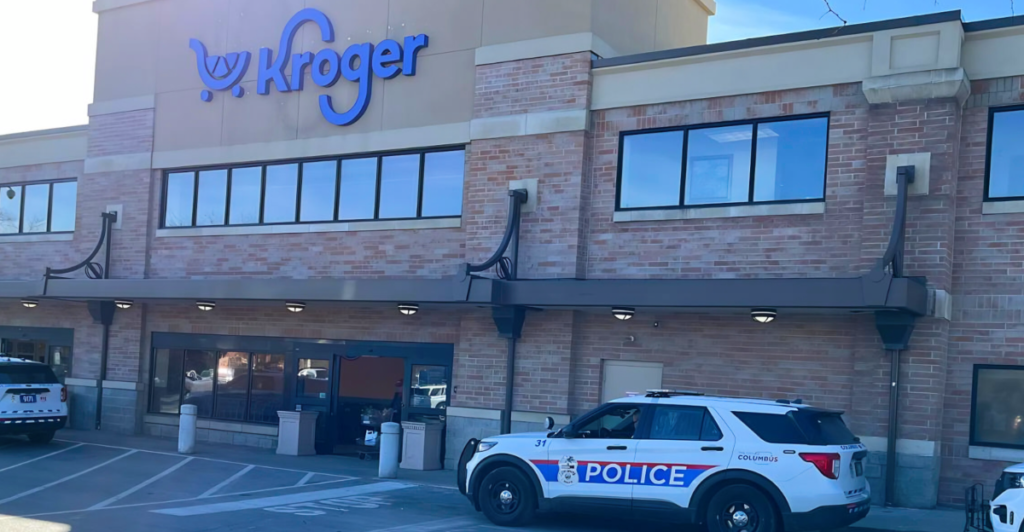
Kroger, one of the largest grocery retailers in the United States, has long been known for its innovative approach to meeting consumers’ evolving needs.
Over the years, Kroger has expanded far beyond its grocery offerings, venturing into areas such as jewelry, pharmacies, and full-service dining. However, a recent announcement by the company indicates a shift in Kroger’s strategy: it is closing down its in-house Kitchen 1883 restaurants, leaving only one location to stay open.
The decision is representative of larger shifts in the grocery and retail sectors, as companies adapt to the changing consumer behaviors and market demands.
The Rise of All-in-One Grocery Retail
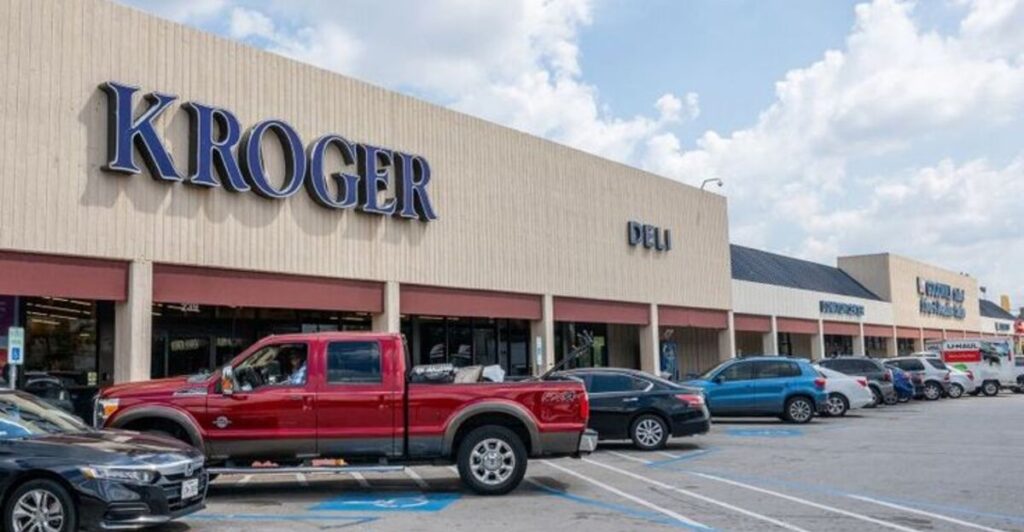
For generations, grocery stores have served as essential hubs for food and household goods. Even Industry giants like Walmart, Whole Foods, and Kroger have pioneered the concept of the all-in-one marketplace, adding services like pharmacies, gas stations, and even restaurants.
These expansions have been designed to make it more convenient, allowing customers to fulfill multiple needs in a single trip.
This approach has enabled these companies to remain competitive and resilient, while many other retailers have struggled or closed their doors.
Kroger’s Diversification Strategy
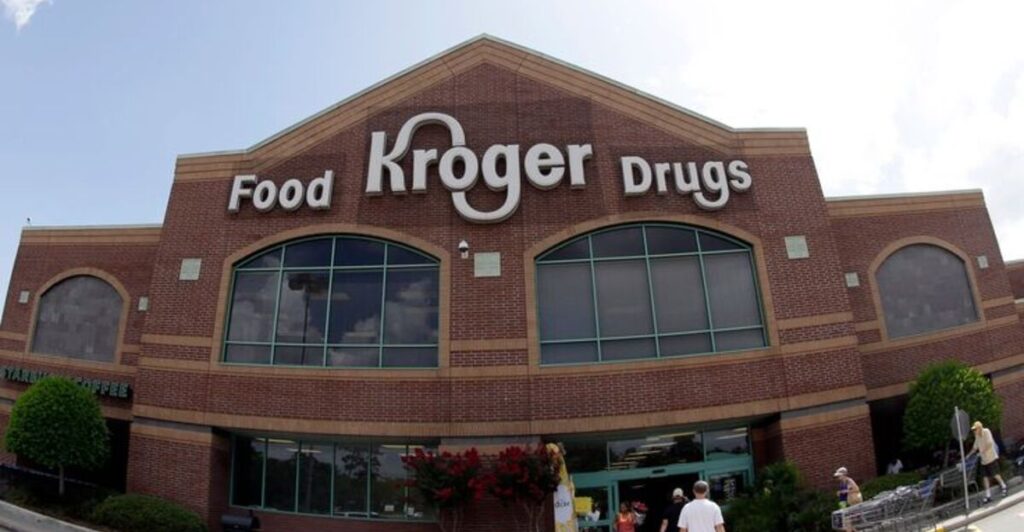
Kroger’s growth has not been limited to groceries alone. The company operates nearly 2,750 stores under various banners, and it has diversified into areas like jewelry, with successful ventures like Fred Meyer Jewelers and Littman Jewelers.
This broad approach has also enabled Kroger to expand its reach and generate additional revenue streams. However, not every new venture has been equally successful.
While ambitious, the company’s foray into restaurants has faced unique challenges that have led to a strategic reassessment.
The Launch of Kitchen 1883
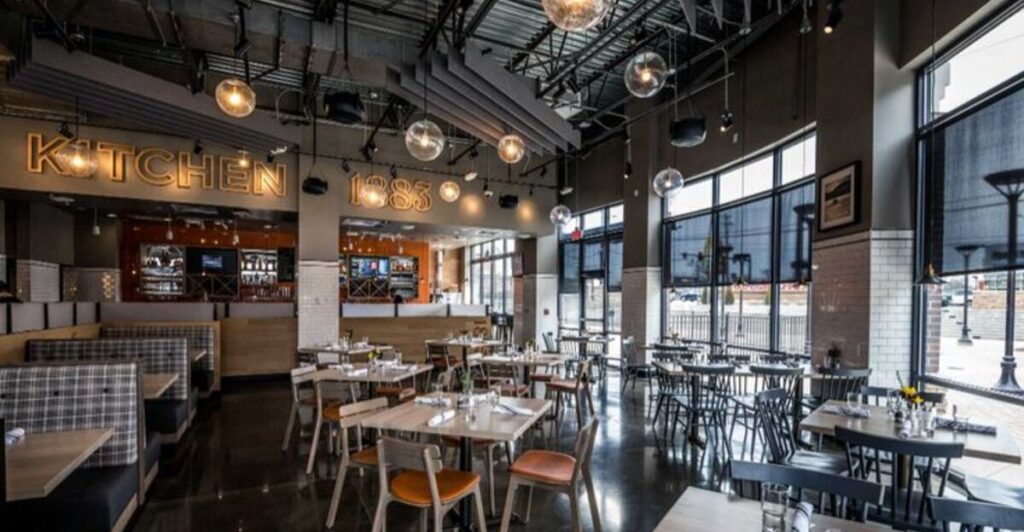
In 2017, Kroger entered the hospitality industry by launching Kitchen 1883, a sit-down restaurant concept offering classic American dishes.
The first location opened inside a Kroger Marketplace in Union, Kentucky, with the goal of offering a new take on comfort food with their made-from-scratch menu and a welcoming atmosphere.
The concept was designed to enhance the customer experience and create a community gathering place, setting it apart from traditional grocery store food.
Expansion and Experimentation
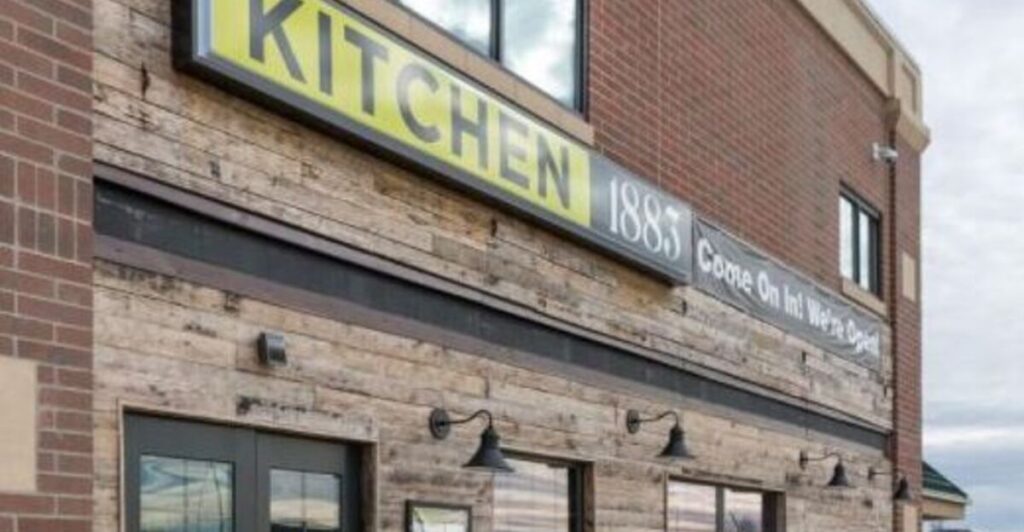
After a positive reception, Kroger expanded the Kitchen 1883 concept. In 2018, a stand-alone restaurant opened in Anderson, Ohio, featuring new local dishes and an outdoor patio.
The following year, a third location was opened inside the On-The-Rhine Kroger store in downtown Cincinnati.
Each restaurant sought to offer a unique dining experience, blending American and international cuisines with hand-crafted cocktails and a focus on hospitality.
The Decision to Close Most Locations
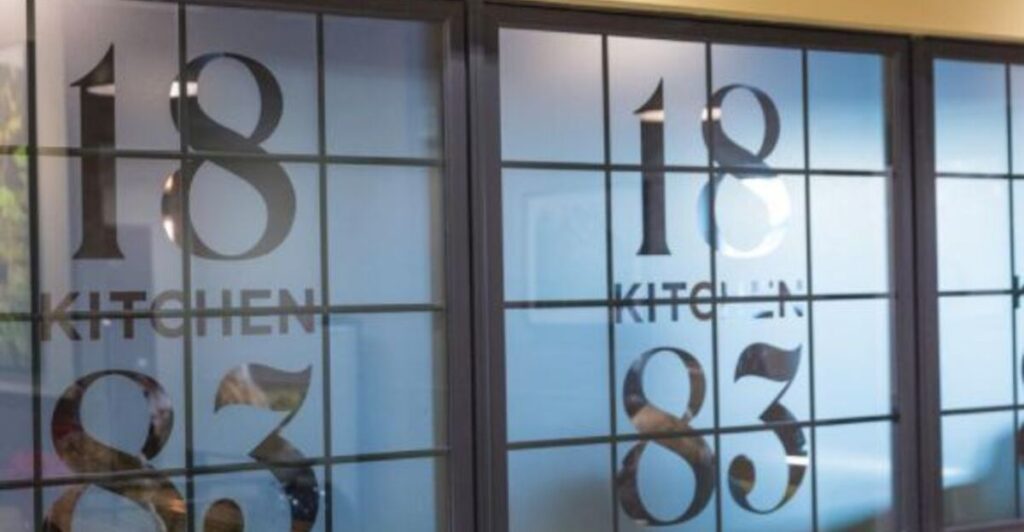
Despite the concept’s innovative approach, Kroger recently announced the closure of two of its three Kitchen 1883 locations: the stand-alone Anderson eatery and the original Union in-store restaurant.
Both locations will serve their last meals on April 24. The company has not provided reasons for the closures, but referred to the decision as ‘extremely difficult’ and stressed the emotional ties many customers and staff had to the outlets.
The Last Kitchen 1883 Standing
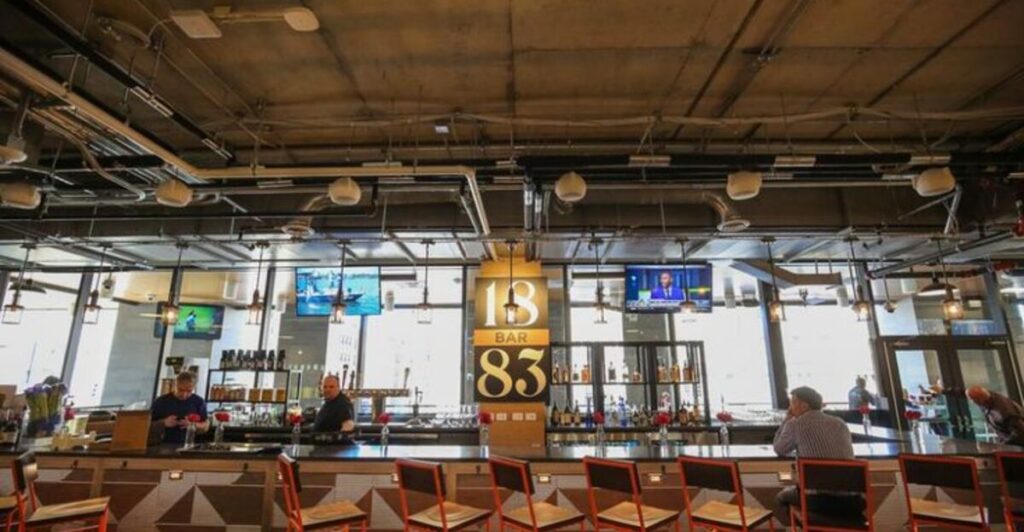
While most Kitchen 1883 restaurants are closing, the one inside the On-The-Rhine Kroger on Court Street in downtown Cincinnati will stay open.
This location, near Kroger’s corporate headquarters, will still serve customers both in-store and through catering services.
Its survival may be linked to its unique setting within a larger food hall. Being close to the company’s headquarters enables it to continue to experiment in a closely monitored environment.
Community Response and Legacy
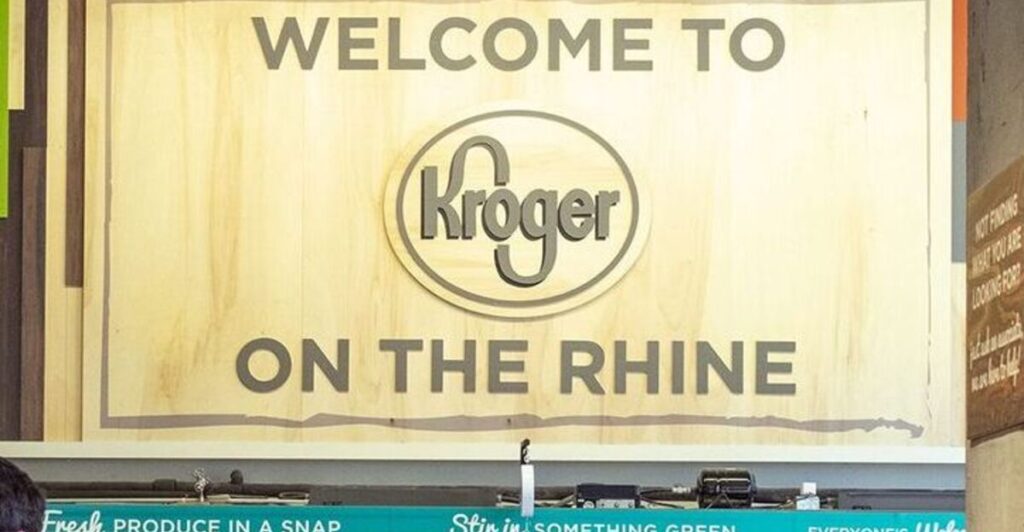
The announcement of the closures was met with gratitude and nostalgia from both Kroger and its customers. Kitchen 1883 management thanked the community for all their support, noting that the restaurants had been places of laughter, memories, and shared meals since 2017.
Patrons were encouraged to continue to dine at the remaining location or to have their favorite dishes catered, ensuring the legacy of Kitchen 1883 continues, albeit in a more limited capacity.
Broader Implications for Kroger and the Industry
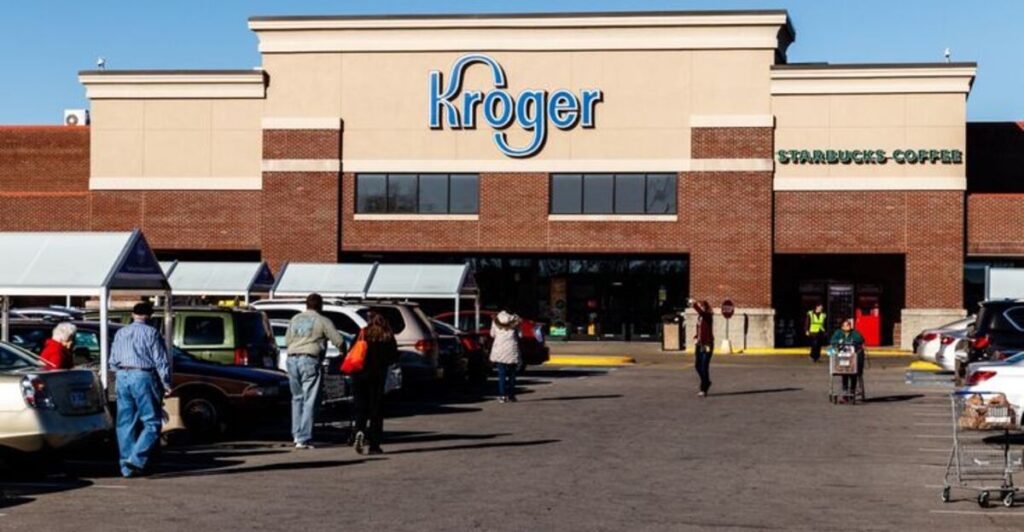
Kroger’s decision to scale back its in-house dining operations shows the challenges retailers face when expanding beyond their core competencies.
While the company remains a leader in the grocery sector, this decision highlights the importance of adaptability and strategic focus in a rapidly changing market.
As Kroger continues to serve millions of customers daily through its stores and digital platforms, its experience with Kitchen 1883 offers valuable lessons for the future of retail innovation and customer engagement.
Kroger’s Future Initiatives
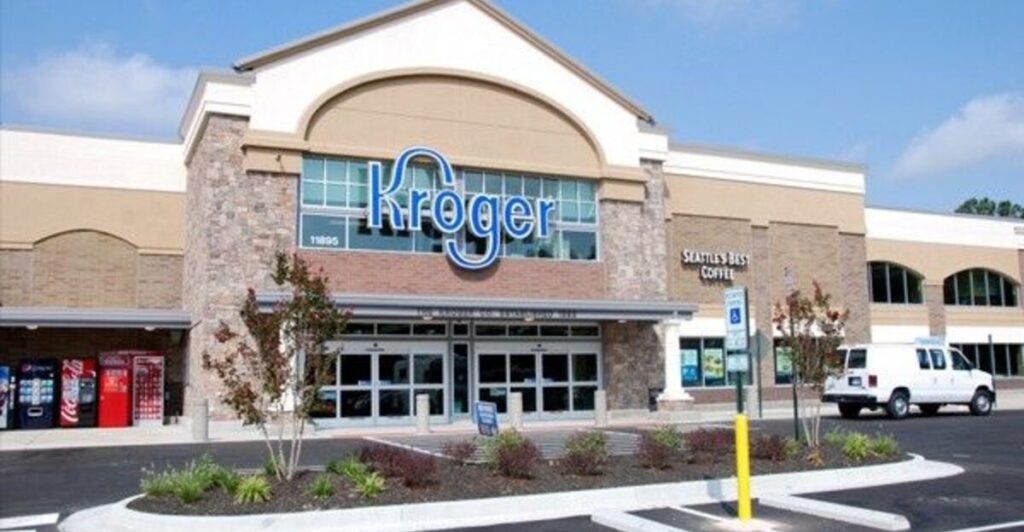
Even as Kroger closes most of its Kitchen 1883 locations, the company remains committed to adapting to customers’ needs. Kroger continues to invest in technology, delivery services, and new store formats to make its service more convenient and add value for its shoppers.
The lessons learned from Kitchen 1883 will likely inform future ventures, helping Kroger refine its approach to non-grocery offerings.
By focusing on its strengths and remaining open to innovation, Kroger hopes to keep dominating the competitive retail landscape. Customers can expect Kroger to continue to explore new ways to enhance their shopping experience while also staying true to its core mission.
Discover more trending stories and Follow us to keep inspiration flowing to your feed!

Craving more home and lifestyle inspiration? Hit Follow to keep the creativity flowing, and let us know your thoughts in the comments below!
